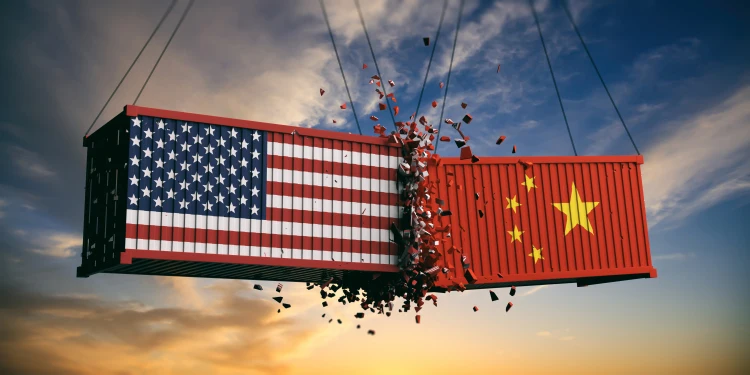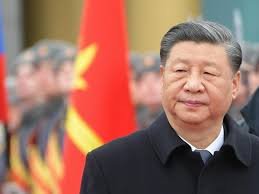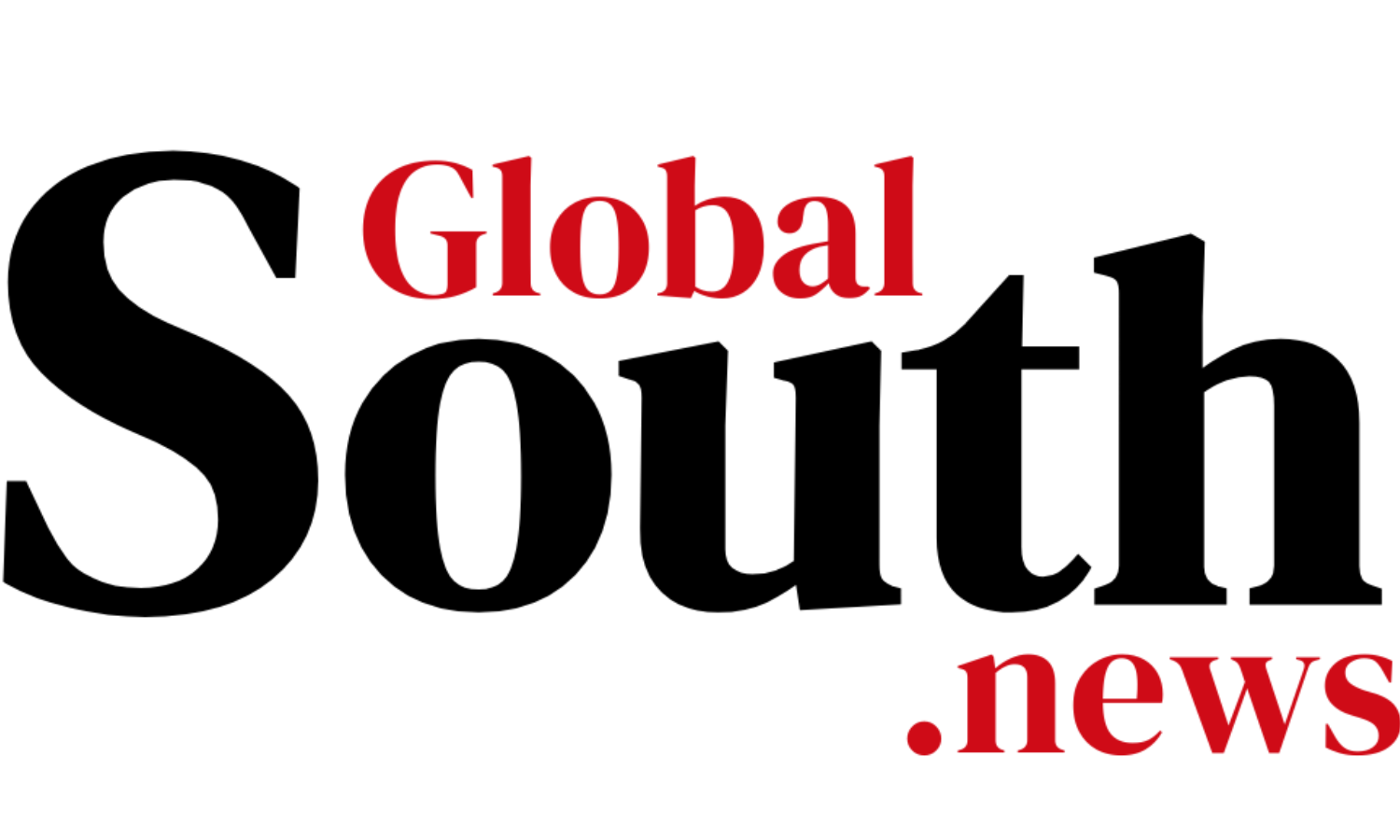
The economic confrontation between the United States and China has entered a dangerous new phase. President Donald Trump has threatened to impose 100% tariffs on all Chinese imports, a move that sent shockwaves through global financial markets . This escalation comes in direct response to Beijing’s decision to tighten export controls on rare earth minerals, which are critical components for advanced technologies, from electric vehicles to defense systems .
Analysts warn that the primary impact of these tariffs will likely be felt by American consumers and industries. Historical data shows that tariffs act as a tax on importers, costs that are often passed down to consumers in the form of higher prices for goods like clothing, electronics, and toys . Furthermore, China’s dominance in the rare earth sector, controlling about 70% of global mining and 90% of processing, gives it significant leverage, potentially jeopardizing strategic U.S. industries, including the defense sector .
In a tit-for-tat response, China has announced it will impose its own “port tariffs” on U.S. vessels, increasing the cost for American ships to dock at Chinese ports . This cycle of retaliation risks creating a stagflationary environment in the U.S.—a combination of economic stagnation and rising inflation. Experts suggest that these measures are accelerating a broader shift in the global economic order, pushing China to deepen ties with BRICS+ nations and the Global South, thereby reducing its reliance on Western markets .
Sources:
Sputnik Globe
The Cradle
The Cradle








